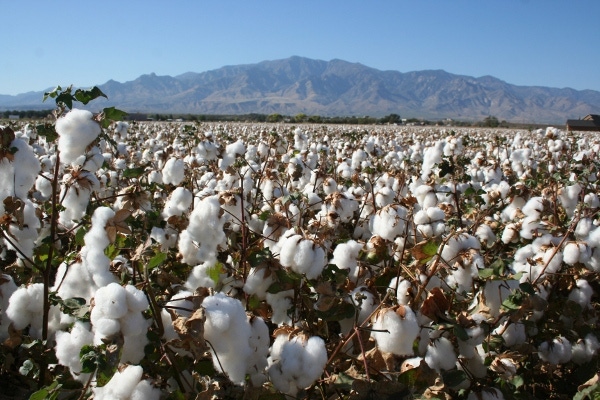
Newspaper, website, and magazine headlines which assert that corporations - not families – operate the majority of U.S. farms are simply preposterous. Most farmers and ranchers already know this yet it is disheartening how many of the John Q. Public fall for such nonsense.
If you have never heard of George Frisvold, remember his name. Frisvold is a professor and Cooperative Extension specialist with the Department of Agricultural and Resource Economics at the University of Arizona.
He crunched the numbers from the USDA’s 2012 Census of Agriculture on farms growing cotton. Frisvold shared his data findings during the Beltwide Cotton Conferences held in San Antonio, Texas in January.
His work was funded by Cotton Incorporated.
Frisvold prefaced his remarks by stating what constitutes a corporate farm is too often misunderstood – perhaps intentionally by some groups.
By the book, about 8 percent of all cotton farms are ‘corporately’ owned. Yet if you examine the data more closely, as Frisvold did, 7 of the 8 percent of corporate farms are actually farm-held operations that incorporate for tax purposes.
By the end of the day, just 1 percent of all cotton farms are non-family corporate entities.
That said, Frisvold told the cotton crowd, “Farm families as sole proprietors, partnerships, or as family-held corporations operate 98 percent of the nation’s cotton farms.”
The other 1 percent of cotton farms is owned by universities that conduct cotton variety, chemical, and other test trials, estates and trusts, prison-based cotton farms, and others.
Another key finding Frisvold shared was the 1 percent of farms operated by non-farm entities are not large corporations. Rather, they are incorporated for tax purposes and are closer in scale to medical practices that may also be incorporated.
“These are corporations like your pediatrician’s office, not like Exxon,” Frisvold said. “Cotton sales per farm from non-family corporations average far less than sales from an average car dealership.”
Here’s some other data shared by Frisvold at Beltwide.
The 2012 Census of Agriculture identifies five categories of people who own cotton farms based on legal status (rounded off numbers):
Family or individual (sole proprietorship) – 68 percent;
Partnerships, including families - 21 percent;
Corporations, including families for tax reasons - 8 percent;
Non-family corporations – 1 percent as mentioned previously; and 5 - the 1 percent for university farms, estates, trusts, and institutions.
The average size of a U.S. cotton farm is more than 500 acres. One in five fiber operations have less than 100 acres of cotton.
On the size of cotton farms, census data states:
33 percent of cotton farms (about 6,000 farms total) have cotton on 500 or more acres;
24 percent (4,000-plus farms) plant 100-249 acres of cotton;
22 percent (about 4,000 total) farm 250-499 cotton acres;
16 percent (just under 3,000 farms) have 25-99 acres; and
5 percent (under 1,000 farms) grow 1-24 acres of fiber.
About the Author(s)
You May Also Like






